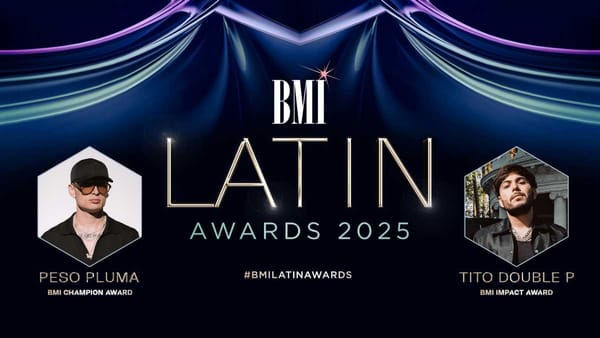Brazil, an unknown wine producer, bets on its sparkling wines
Famous for its cachaça and its powerful beer industry, Brazil is the least known of the Southern Cone's wine-producing countries. Its wines are rarely found on the shelves or in restaurants in other countries.





